Home>Home Appliances>Laundry Appliances>How To Get Rid Of Brown Flakes In A Washing Machine
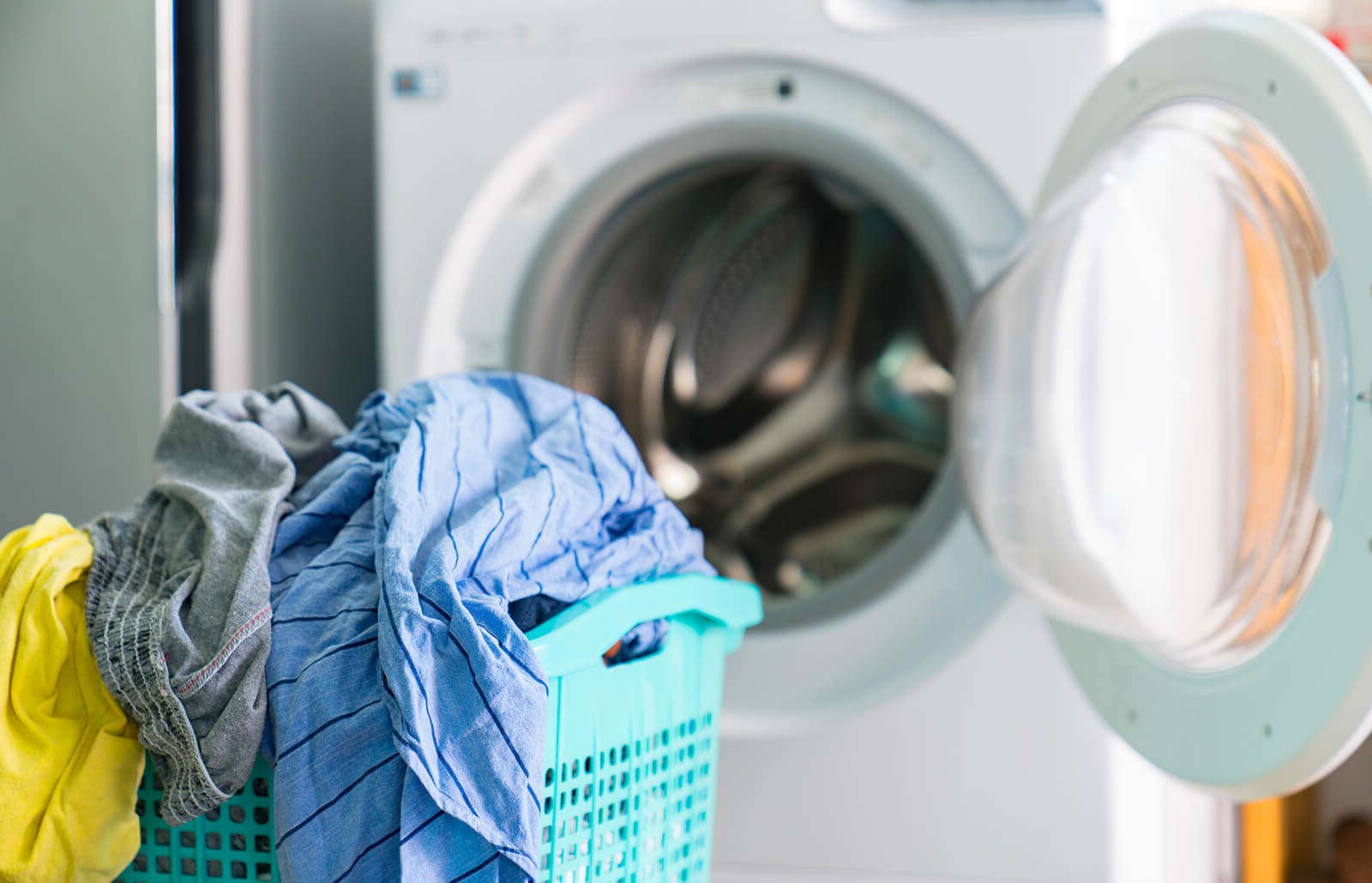

Laundry Appliances
How To Get Rid Of Brown Flakes In A Washing Machine
Modified: August 16, 2024
Learn effective ways to eliminate brown flakes in your washing machine with our expert tips. Keep your laundry appliances clean and efficient.
(Many of the links in this article redirect to a specific reviewed product. Your purchase of these products through affiliate links helps to generate commission for Storables.com, at no extra cost. Learn more)
Understanding the Cause of Brown Flakes
When you open your washing machine to transfer a load of laundry, the last thing you expect to find is a buildup of brown flakes. These unsightly particles can be a cause for concern, but understanding their origin is the first step toward resolving the issue.
The most common culprit behind the appearance of brown flakes in a washing machine is the accumulation of dirt, grime, and detergent residue. Over time, these substances can adhere to the inner surfaces of the washing machine, including the drum and agitator. As water circulates during the wash cycle, these particles can dislodge and mix with the water, resulting in the formation of brown flakes that may end up on your freshly cleaned clothes.
Moreover, hard water can exacerbate this problem. When water with a high mineral content is used in the washing machine, it can leave behind mineral deposits that contribute to the formation of brown flakes. These deposits often consist of iron and manganese, which can discolor the water and lead to the presence of brown flakes in the machine.
In some cases, the brown flakes may be attributed to the breakdown of the inner components of the washing machine, such as the rubber seals or hoses. If these components deteriorate, they can release small particles that resemble brown flakes, signaling the need for maintenance or replacement.
Understanding the cause of brown flakes in your washing machine is crucial for implementing effective solutions. By addressing the root of the problem, you can take targeted steps to eliminate the brown flakes and prevent their recurrence, ensuring that your laundry emerges clean and free of unwanted particles.
Key Takeaways:
- Say goodbye to brown flakes in your washing machine by cleaning the drum and agitator regularly. Use mild soap and warm water, and don’t forget to rinse thoroughly for a cleaner laundry experience.
- Keep your washing machine clean and flake-free by running a hot water cycle with bleach. This helps to thoroughly sanitize and remove residue, ensuring fresh and clean laundry every time.
Cleaning the Drum and Agitator
Cleaning the drum and agitator of your washing machine is a fundamental step in addressing the issue of brown flakes. Over time, dirt, grime, and detergent residue can accumulate on the surfaces of the drum and agitator, contributing to the formation of these unwanted particles. To effectively tackle this problem, it's essential to thoroughly clean these components.
Begin by preparing a cleaning solution consisting of mild dish soap or laundry detergent and warm water. Dip a clean cloth or sponge into the solution and use it to wipe down the interior of the drum. Pay close attention to areas where residue and grime tend to accumulate, such as the rim and the area around the agitator. For stubborn buildup, a soft-bristled brush can be used to gently scrub the surfaces, ensuring that all traces of residue are removed.
Next, shift your focus to the agitator. Depending on the design of your washing machine, the agitator may be easily removable or require a more intricate cleaning approach. If the agitator can be detached, follow the manufacturer's instructions to remove it from the machine. Once removed, soak the agitator in a solution of warm water and mild detergent to loosen any accumulated grime. Use a brush to gently scrub the agitator, ensuring that all surfaces are thoroughly cleaned. For non-removable agitators, a combination of a long-handled brush and a cloth can be used to reach and clean the crevices and surfaces of the agitator.
After cleaning the drum and agitator, it's important to rinse them thoroughly to remove any remaining cleaning solution and loosened particles. Wipe down the surfaces with a clean, damp cloth to ensure that no residue is left behind.
By diligently cleaning the drum and agitator of your washing machine, you can effectively eliminate the sources of brown flakes, promoting a cleaner and more hygienic laundry experience. This proactive approach not only addresses the immediate issue but also contributes to the overall maintenance and longevity of your washing machine. Regular cleaning of these components can prevent the accumulation of residue and grime, minimizing the likelihood of brown flakes appearing in the future.
Using Vinegar and Baking Soda to Remove Residue
One of the most effective and natural methods for removing residue and tackling the issue of brown flakes in a washing machine involves the use of vinegar and baking soda. This dynamic duo not only serves as a powerful cleaning agent but also helps to neutralize odors and dissolve stubborn buildup within the machine.
To initiate the cleaning process, start by pouring two cups of white vinegar into the detergent dispenser or directly into the drum of the washing machine. Vinegar, renowned for its acidic properties, works to dissolve mineral deposits, detergent residue, and grime that may be contributing to the formation of brown flakes. Additionally, the acidic nature of vinegar helps to disinfect and deodorize the interior of the washing machine, leaving it fresh and clean.
Following the addition of vinegar, proceed to sprinkle one-half cup of baking soda directly into the drum. Baking soda, known for its gentle abrasive properties and natural deodorizing capabilities, complements the cleaning action of vinegar. As the washing machine begins its cleaning cycle, the combination of vinegar and baking soda works to break down and dislodge residue, ensuring a thorough and comprehensive cleaning process.
Once the vinegar and baking soda have been added, set the washing machine to a hot water cycle. The elevated temperature of the water further enhances the cleaning process, aiding in the dissolution of residue and the removal of stubborn particles. Allow the washing machine to complete the cycle, ensuring that the vinegar and baking soda have ample time to work their magic within the machine.
Upon completion of the cleaning cycle, inspect the interior of the washing machine for any remaining residue or brown flakes. If necessary, use a cloth or sponge to wipe down the surfaces, ensuring that all traces of residue are eliminated. Additionally, running a short rinse cycle with plain water can help to remove any lingering vinegar or baking soda from the machine.
By utilizing the natural cleaning power of vinegar and baking soda, you can effectively remove residue and prevent the formation of brown flakes in your washing machine. This eco-friendly and cost-effective cleaning method not only promotes a cleaner and more hygienic laundry environment but also contributes to the overall maintenance and longevity of your washing machine. Incorporating this cleaning regimen into your regular maintenance routine can help to ensure that your washing machine operates at its best, delivering clean and fresh laundry with every wash.
Run a hot water cycle with 2 cups of white vinegar to dissolve and remove brown flakes in the washing machine. Wipe down the drum and door seal to remove any remaining residue.
Running a Hot Water Cycle with Bleach
Running a hot water cycle with bleach is a highly effective method for thoroughly cleaning and sanitizing the interior of a washing machine, thereby addressing the issue of brown flakes. Bleach, a powerful disinfectant and stain remover, is capable of penetrating and breaking down stubborn residue, mold, and bacteria that may be lurking within the machine.
To commence this cleaning process, start by ensuring that the washing machine is empty and free of any laundry or other items. Next, measure out approximately one cup of chlorine bleach, taking care to use the appropriate type of bleach for your machine and following the manufacturer's guidelines. It's important to note that chlorine bleach should not be mixed with other cleaning agents or detergents, as this can result in hazardous chemical reactions.
Once the bleach is measured, pour it directly into the detergent dispenser or into the drum of the washing machine. The use of hot water is crucial for maximizing the cleaning potential of the bleach. Set the washing machine to the hottest water temperature setting, as recommended by the manufacturer, and initiate a complete wash cycle. The elevated temperature of the water, combined with the potent cleaning action of the bleach, works to dissolve and eradicate accumulated residue, mold, and bacteria within the machine.
As the washing machine progresses through the hot water cycle, the bleach effectively disinfects and deodorizes the interior, ensuring that any lingering odors or contaminants are eliminated. This thorough cleaning process not only addresses the presence of brown flakes but also contributes to the overall hygiene and cleanliness of the washing machine.
Upon completion of the hot water cycle with bleach, it's essential to run an additional rinse cycle to ensure that any remaining bleach is thoroughly flushed from the machine. This step is crucial in preventing the potential transfer of bleach residue onto future loads of laundry, which could result in discoloration or damage to fabrics.
By incorporating the practice of running a hot water cycle with bleach into your regular maintenance routine, you can effectively combat the formation of brown flakes and maintain a clean and hygienic washing machine. This proactive approach not only safeguards the quality of your laundry but also promotes the longevity and optimal performance of your washing machine. Regular maintenance, including the use of bleach for deep cleaning, ensures that your washing machine operates at its best, delivering fresh and clean laundry with every wash.
Maintaining a Regular Cleaning Schedule
Consistency is key when it comes to maintaining a clean and efficient washing machine. Establishing a regular cleaning schedule not only prevents the accumulation of residue and grime but also minimizes the likelihood of brown flakes appearing in your laundry. By incorporating simple yet effective cleaning practices into your routine, you can ensure that your washing machine operates at its best, delivering fresh and clean laundry with every wash.
To initiate a regular cleaning schedule, consider implementing the following practices:
-
Monthly Maintenance: Set a recurring monthly reminder to perform a thorough cleaning of your washing machine. This can include cleaning the drum and agitator, utilizing natural cleaning agents such as vinegar and baking soda, and running a hot water cycle with bleach. By dedicating time each month to clean your washing machine, you can proactively address any potential buildup and maintain a hygienic laundry environment.
-
Inspect and Wipe Down Seals and Gaskets: Regularly inspect the seals and gaskets of your washing machine for any signs of residue or mold. Use a damp cloth and mild detergent to wipe down these components, ensuring that they remain free of buildup. This simple practice helps prevent the release of small particles that could contribute to the presence of brown flakes.
-
Empty the Drain Pump Filter: Periodically check and empty the drain pump filter of your washing machine. This component can accumulate lint, debris, and residue, which may contribute to the formation of brown flakes. By keeping the drain pump filter clean, you can maintain optimal drainage and prevent the buildup of unwanted particles.
-
Leave the Door Ajar: After completing a laundry cycle, leave the door of the washing machine slightly ajar to allow air circulation. This practice helps prevent the development of musty odors and mold within the machine, contributing to a cleaner and fresher laundry environment.
By integrating these practices into your regular cleaning schedule, you can effectively prevent the formation of brown flakes and maintain a clean and hygienic washing machine. Consistent maintenance not only enhances the performance and longevity of your washing machine but also ensures that your laundry emerges free of unwanted particles, ready to be enjoyed by you and your family.
Now that you've mastered removing those pesky brown flakes from your washing machine, why stop there? Freshen up other key areas of your home, starting with your fridge. Our next guide offers practical cleaning tips that'll have your refrigerator sparkling from the inside out. Maintaining cleanliness in these essential appliances not only improves hygiene but also enhances their efficiency and lifespan. Don't miss out on our smart strategies to keep your home in top shape.
Frequently Asked Questions about How To Get Rid Of Brown Flakes In A Washing Machine
Was this page helpful?
At Storables.com, we guarantee accurate and reliable information. Our content, validated by Expert Board Contributors, is crafted following stringent Editorial Policies. We're committed to providing you with well-researched, expert-backed insights for all your informational needs.
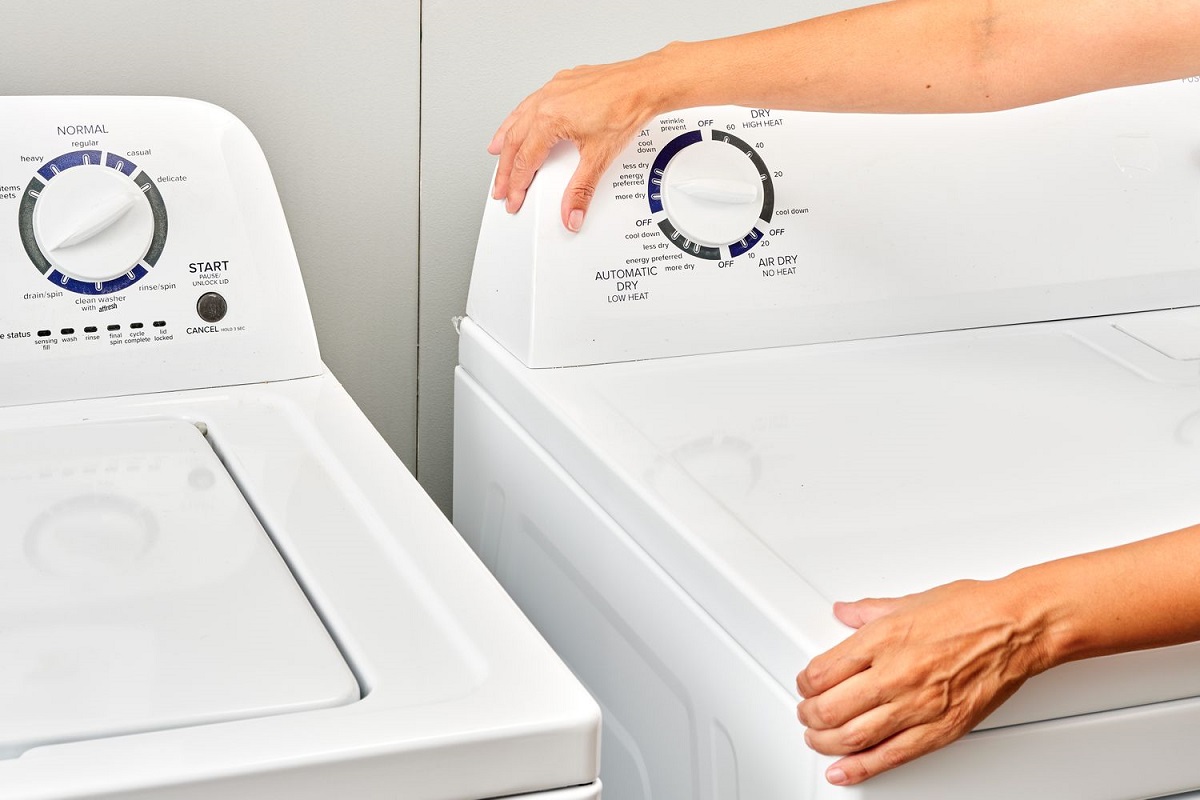
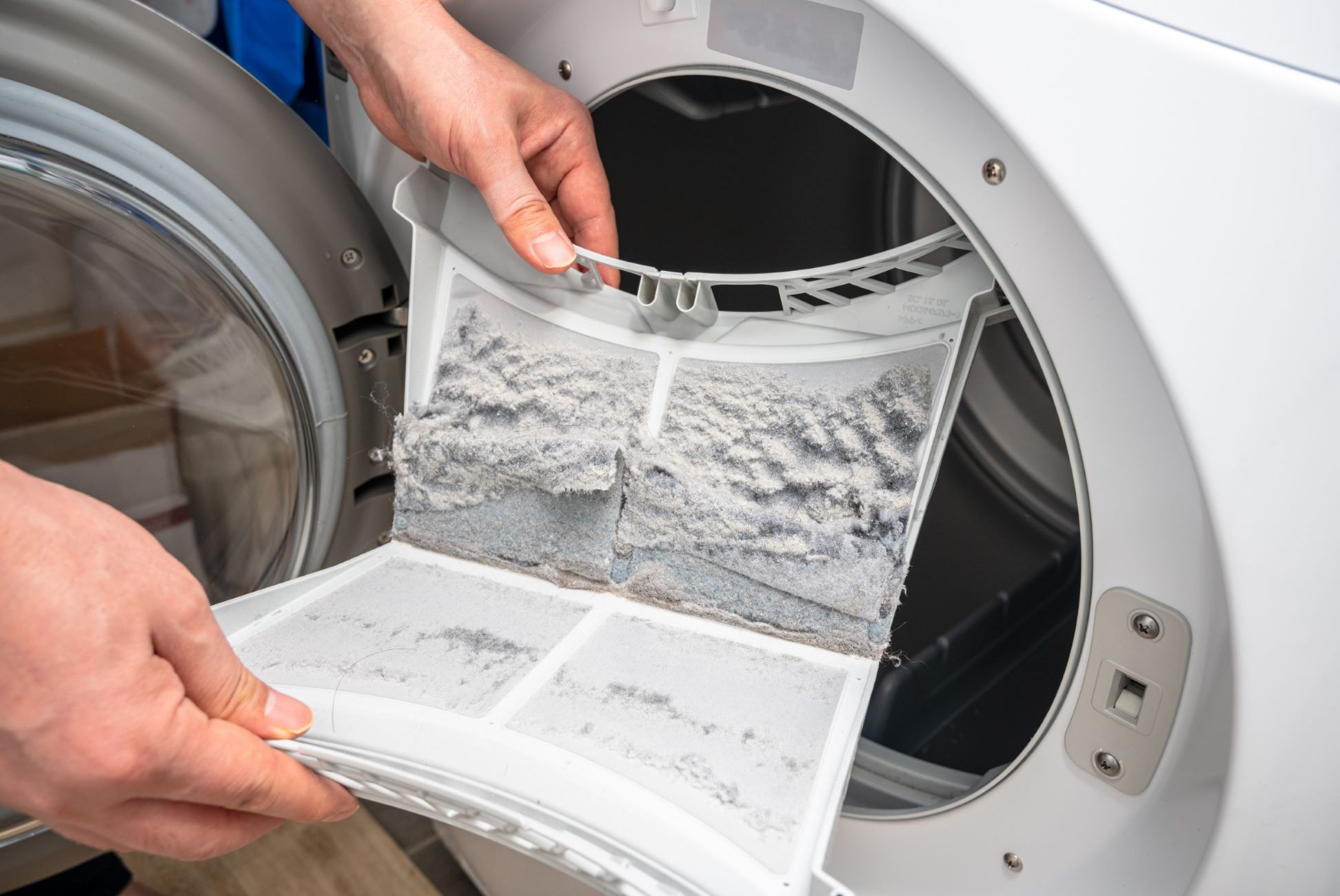
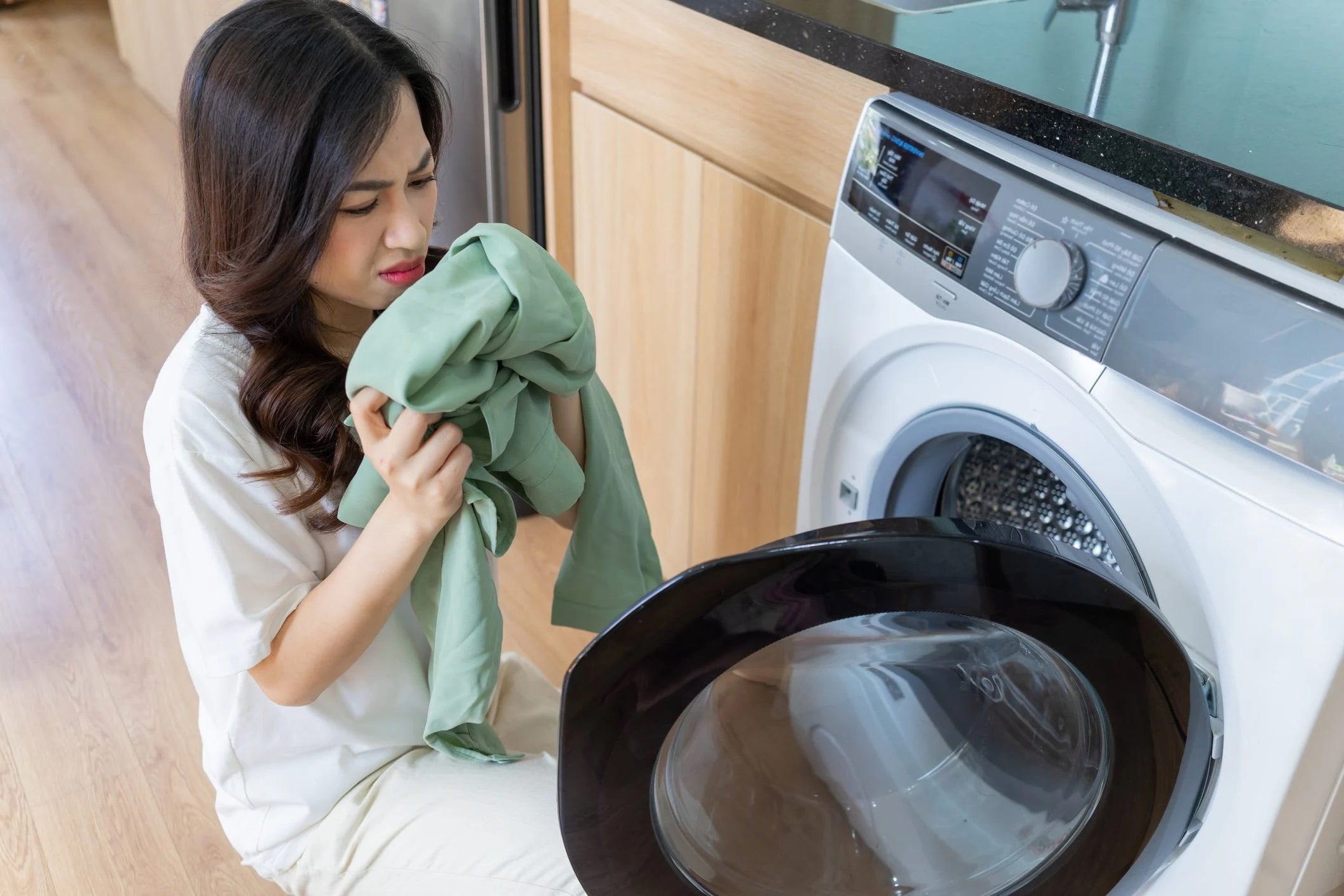
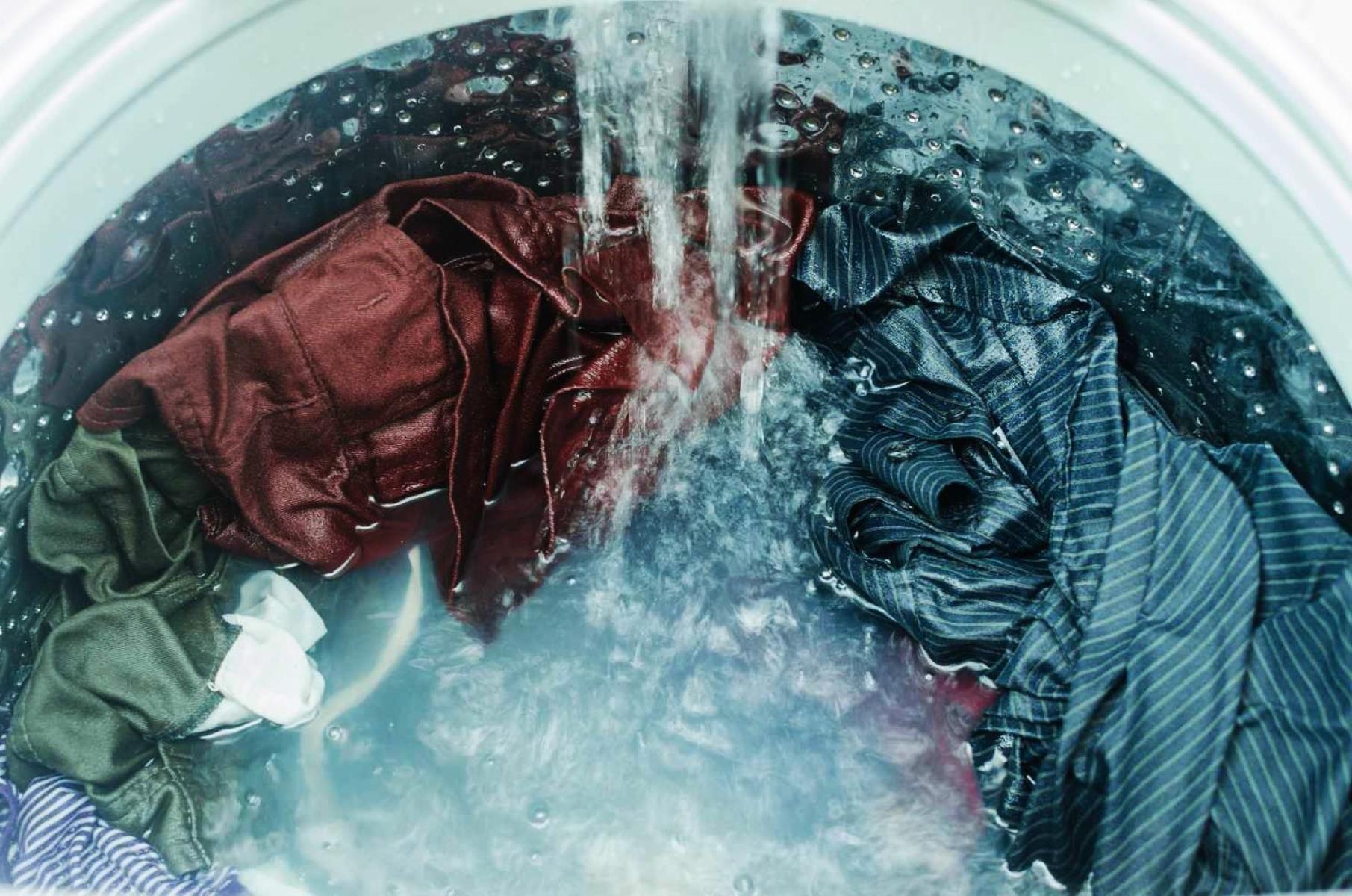
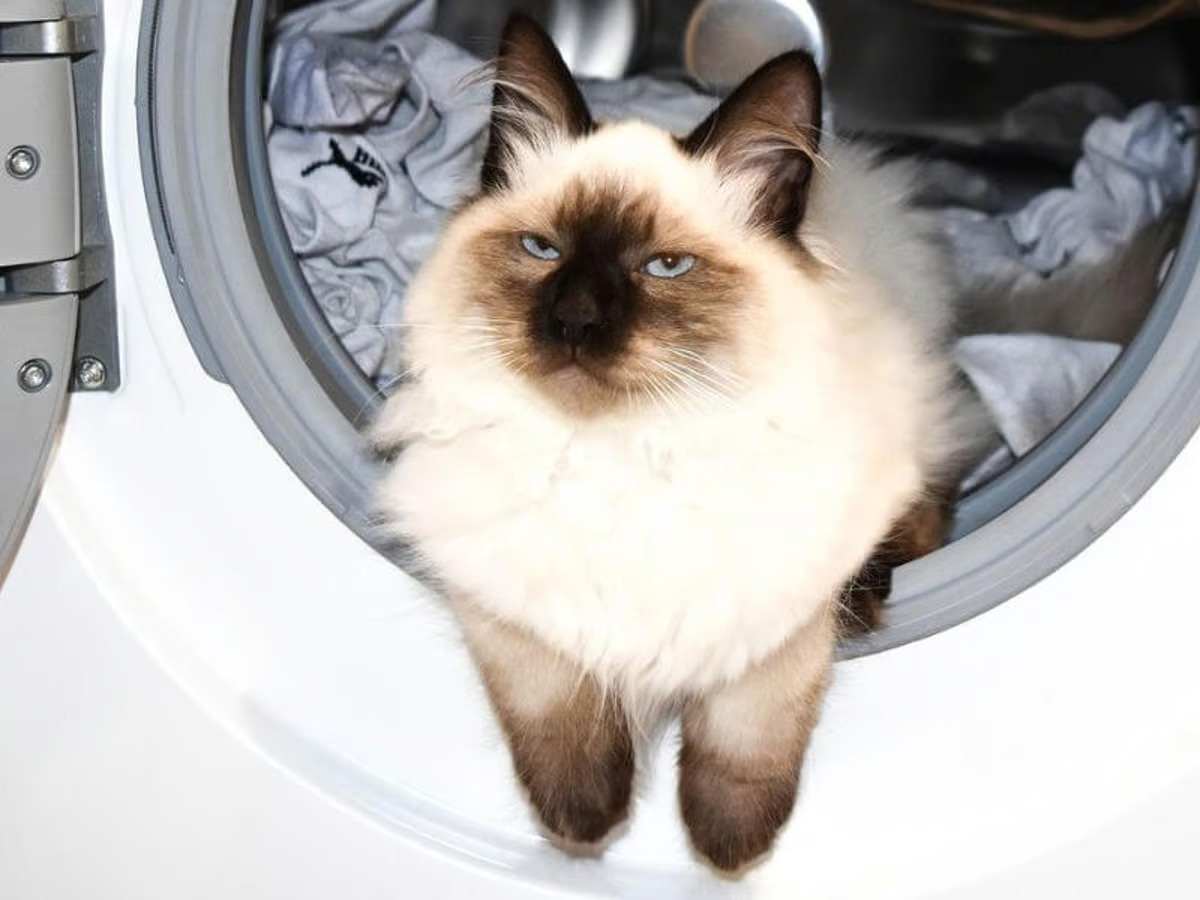
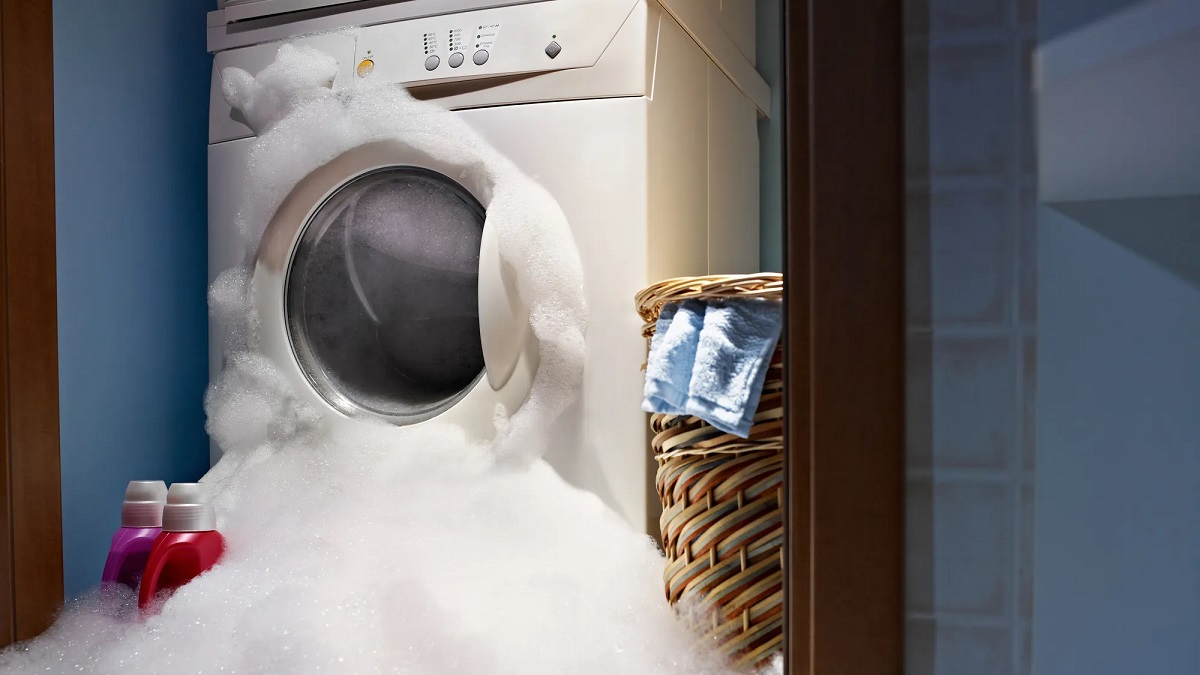
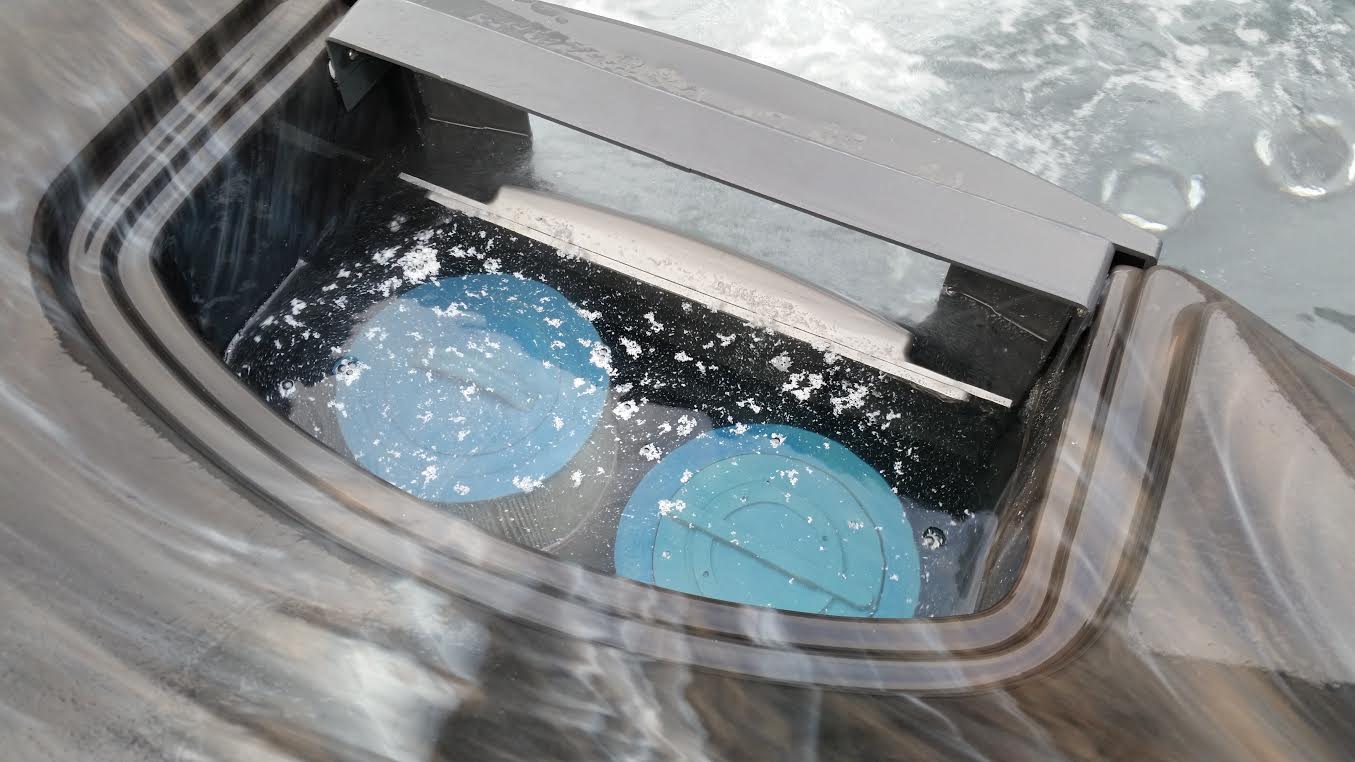
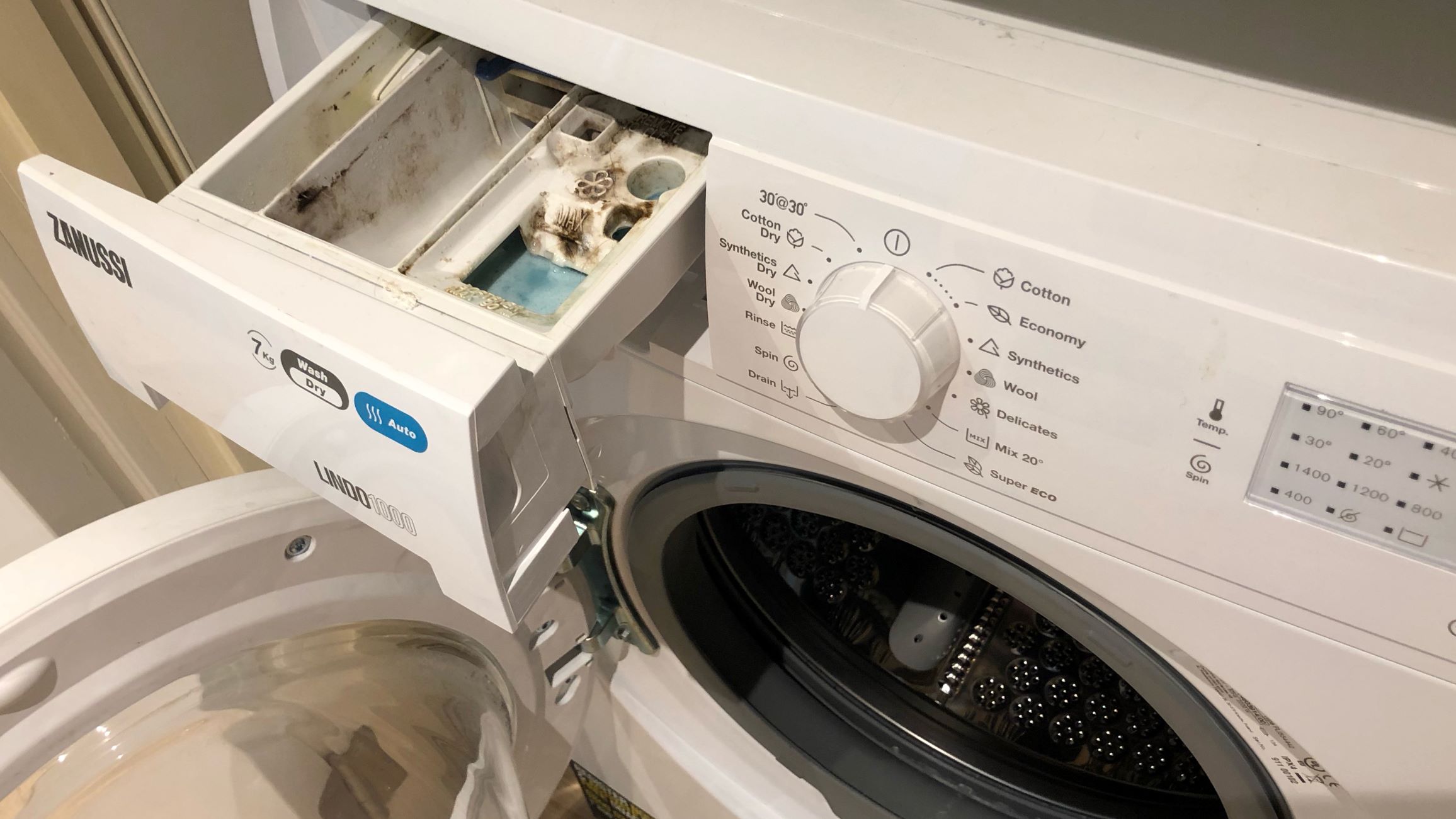
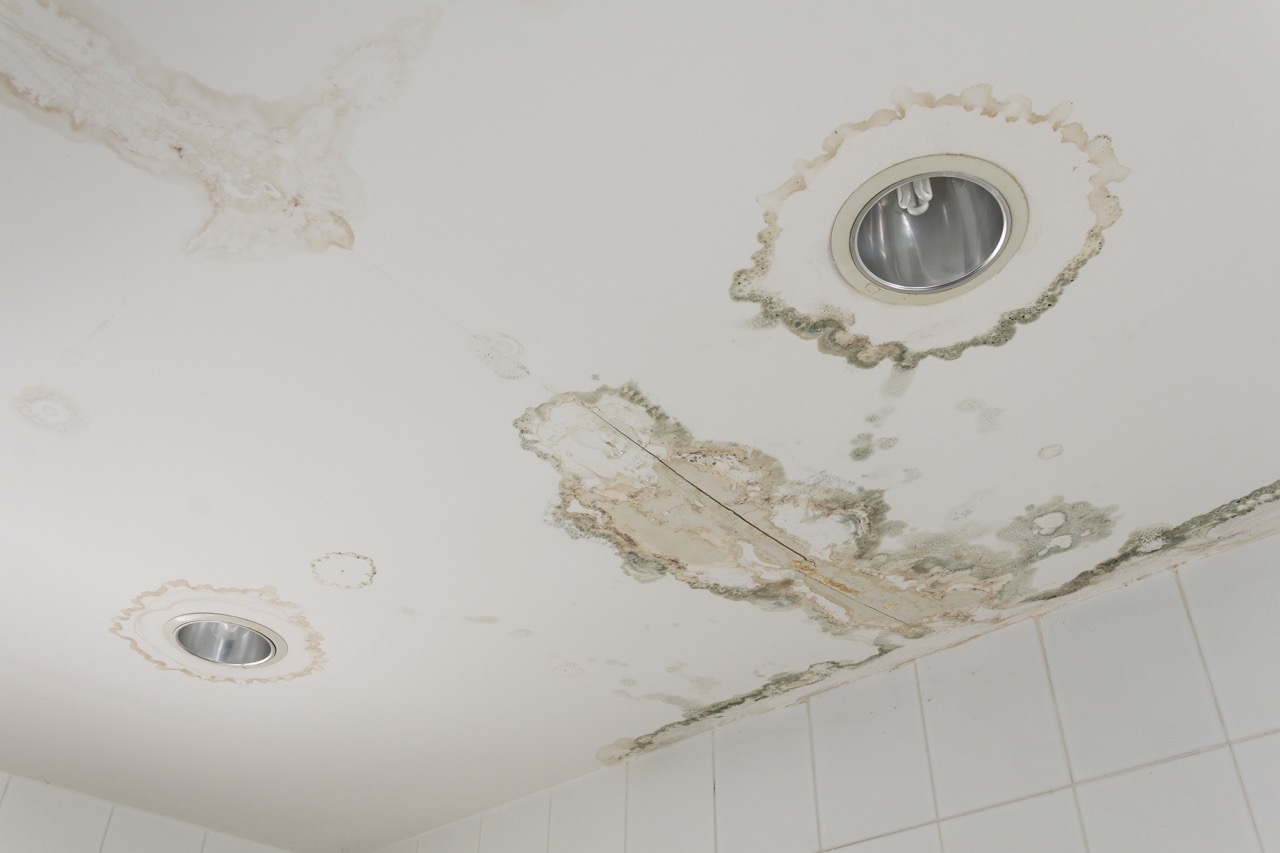
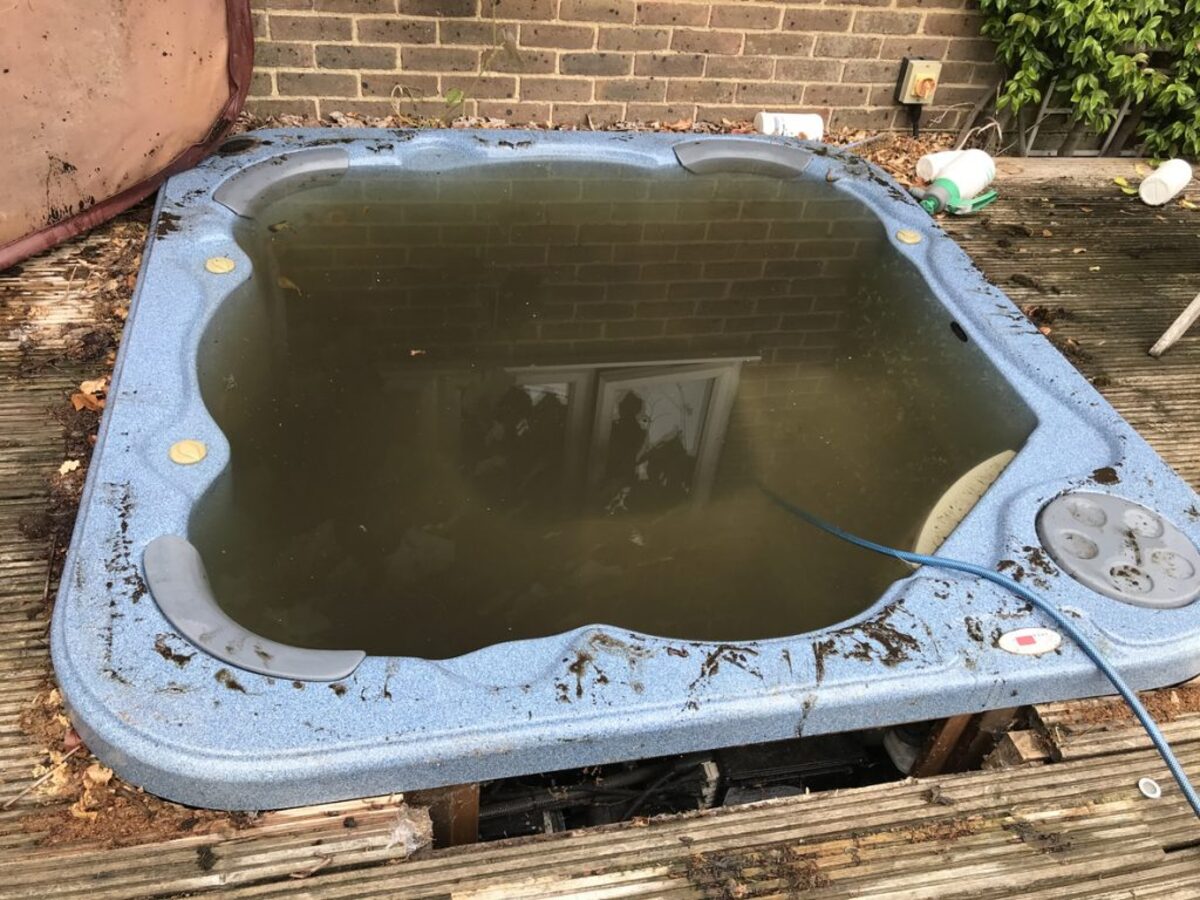

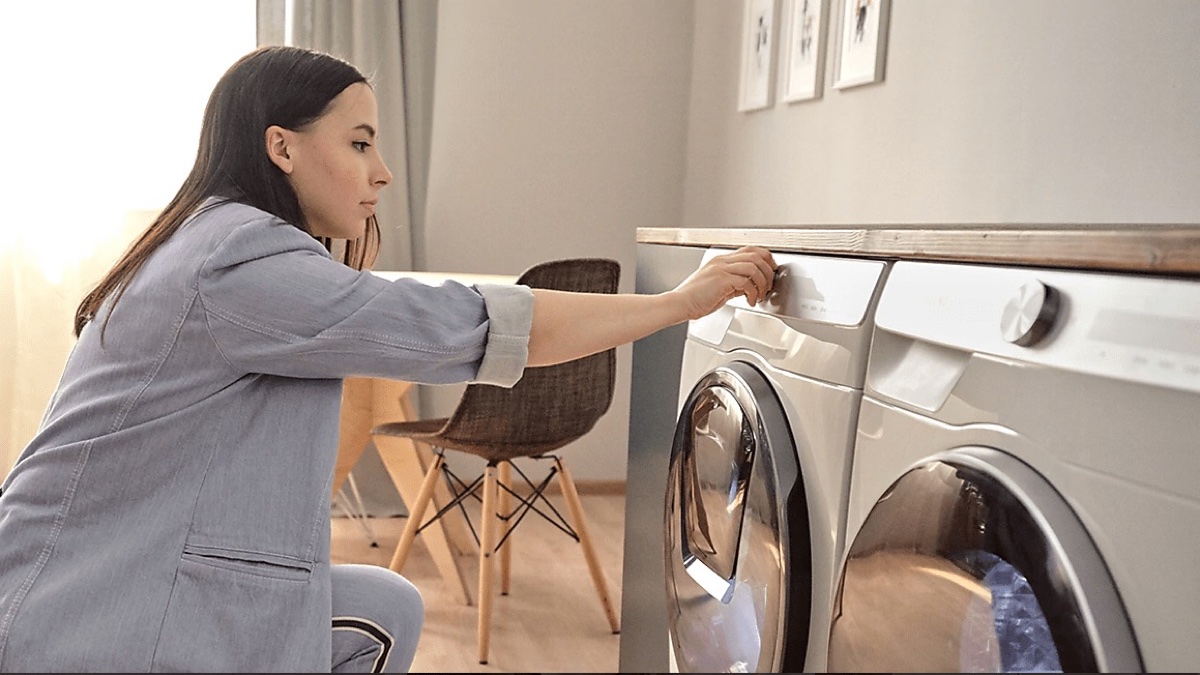
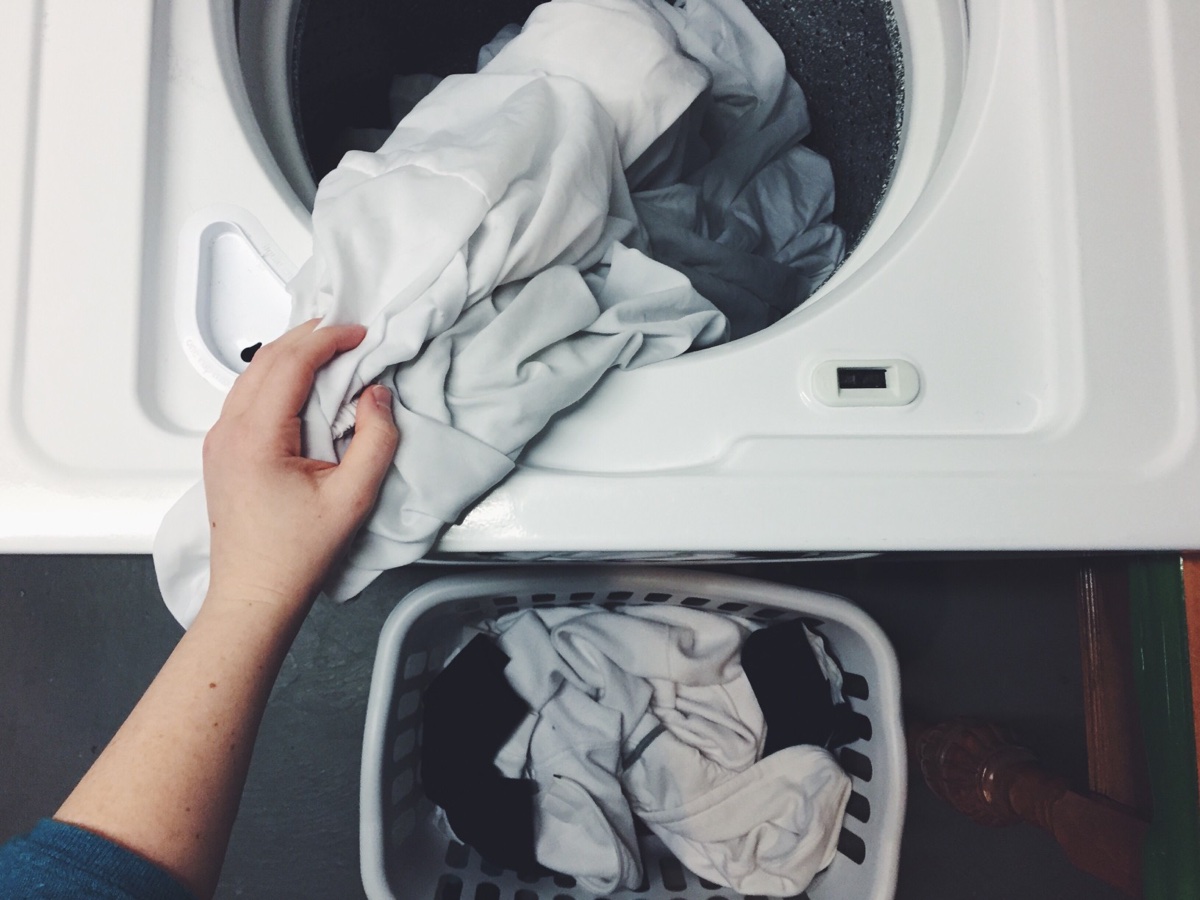
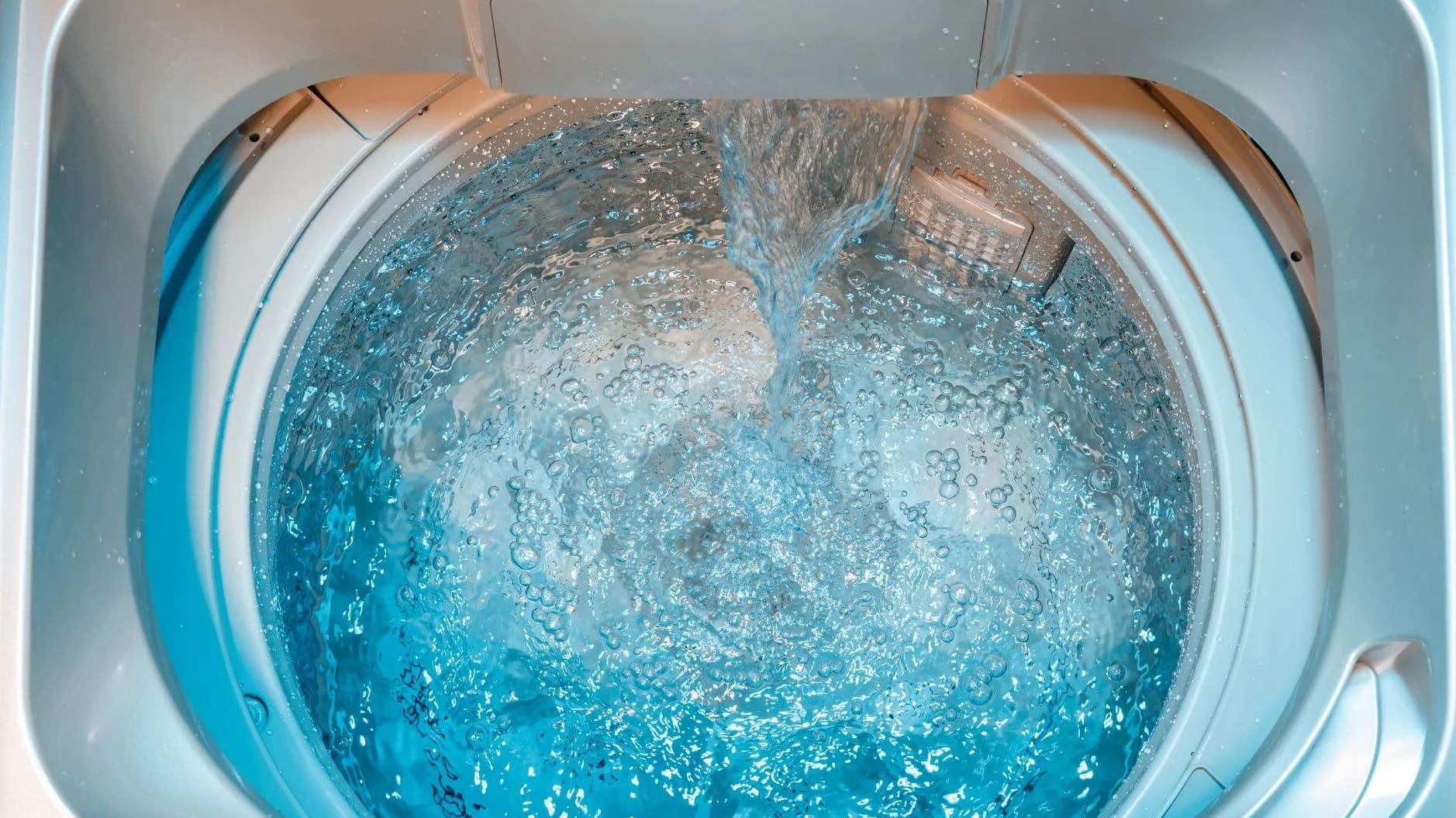
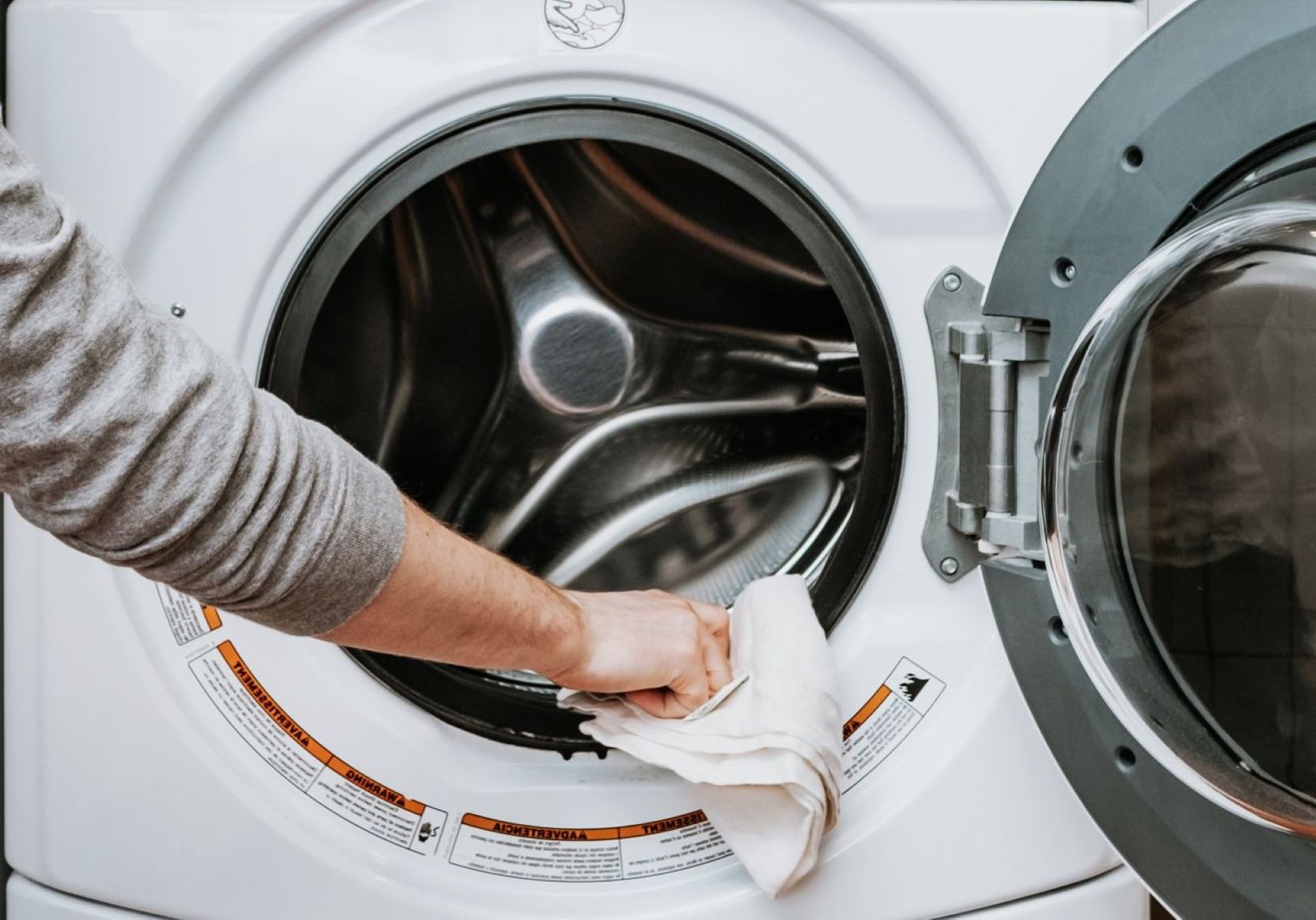

0 thoughts on “How To Get Rid Of Brown Flakes In A Washing Machine”